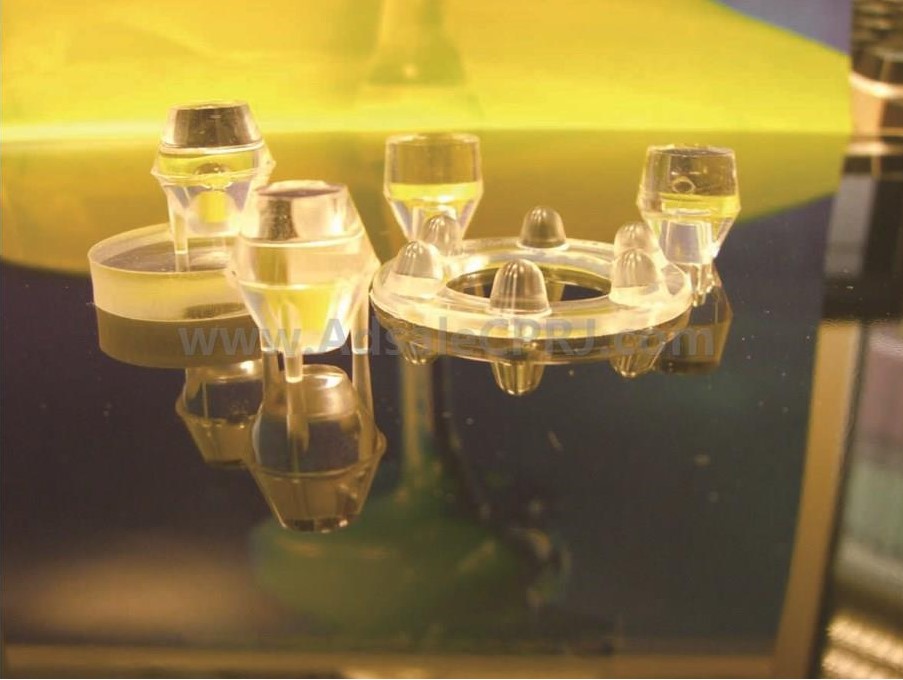Plastics Industry 4.0Machine learning is a way to facilitate the process set-up on an injection molding machine and, in the longer term, to automate it. How can a production system autonomously optimize itself with regard to the pre-defined quality characteristics of the manufactured parts?Optimization of the setting-up process for injection molding has been a research topic at Institute of Plastics Processing (IKV) at RWTH Aachen University, Aachen, Gernany, for some years now. One approach is that of machine learning, which draws up relationships from complex data and uses them specifically for tuning the process. One condition, however, is that the algorithms used – for example artificial neuronal networks – are first trained with the help of complex injection molding tests. Although the algorithms are becoming ever more efficient, machine learning has not yet become established due to the amount of work involved. One solution to reduce this is to use numerical simulations that can be performed automatically.▲ Concept for a combined learning process on the basis of simulation data (© IKV)Injection molding simulations are used in order to learn, without complex, time-consuming trials, the relationships between setting parameters and resultant quality data. With model assumptions, however, simulations have so far been unable to reliably simulate the injection molding process without deviations from reality. Established models and process data serve as the starting point for the machine set-up and in most cases have to be readjusted in several iteration steps.In a new approach, IKV is now trying to find suitable machine-learning models for setting up the process by using simulations in combination with real test data (cf. diagram). With the data combination, the aim is to minimize the necessary trials on the machine and consequently make the use of machine-learning processes economically viable. As a result, the process set-up can be carried out systematically and independently of the intuition and experience of the operator. At the same time, a precise knowledge of the relationships and optimized parameters ensures a higher quality of the molded part and greater economic efficiency of the overall process.The methods were presented during the IKV Colloquium on February 28, 2018 and explained as part of IKV 360° in IKV's pilot plants and laboratories.Source: Kunststoffe
Aeyoung Park
2018-03-29




















